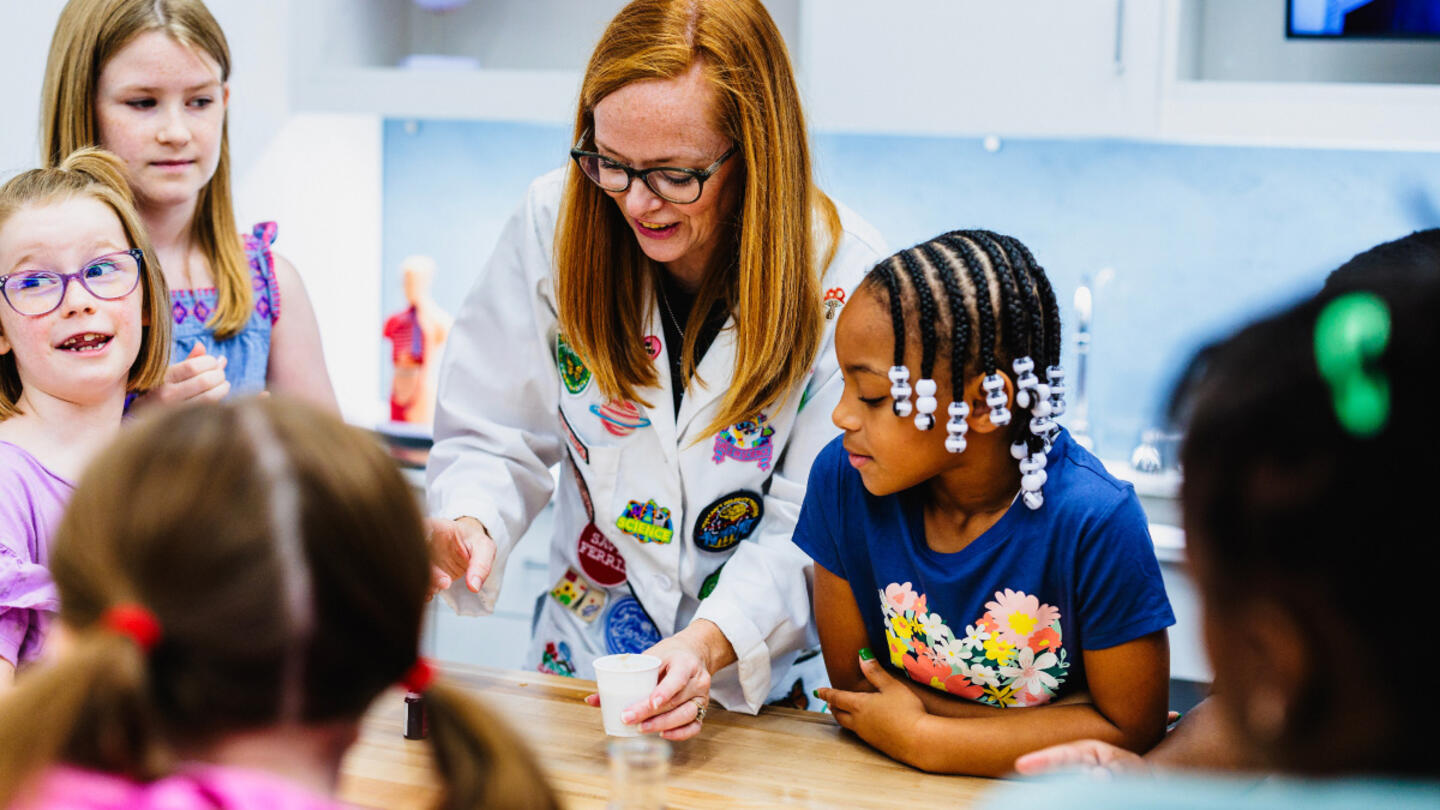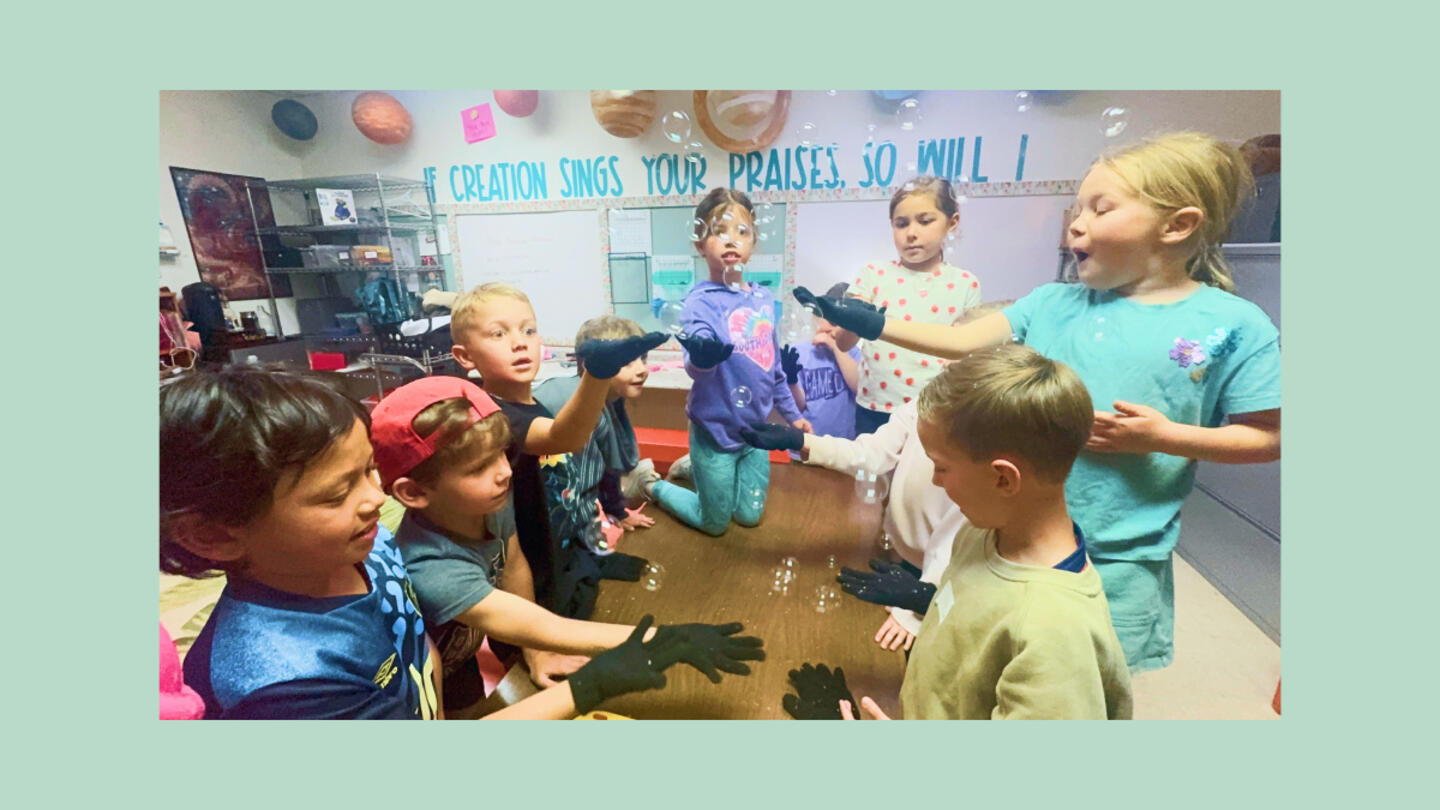Fact: No single education option can meet the needs of every student.
We need a variety of individualized options — private schools, microschools, charter schools, specialized tutors, learning pods, therapies, and more — to meet each student’s unique needs. Unfortunately, those options are often cost-prohibitive for families who can only redeem their education dollars at their zoned public school.
How do we bridge the gap to empower all students the education they deserve?
Education savings accounts provide an answer.
Understanding education savings accounts
ESAs allow parents to choose the education paths that best suit their children. These publicly funded accounts are currently offered in 17 states. They provide the financial flexibility parents need to find learning environments and tools that meet their children’s unique needs and amplify their abilities.
ESAs can be used for approved educational expenses, which vary by state. Typically, those expenses include private school tuition, tutors, therapies, school supplies, and alternative curriculums.
More and more states are seeing the value of ESAs. So much so that some states have recently expanded their ESA programs to further increase the freedom these accounts offer families.
Arizona was the first state to introduce ESAs in 2011. Originally, they were only available to those who met certain criteria — primarily low-income students or those with disabilities. Since then, more states have introduced ESAs, and many have expanded them so that all families, regardless of income or student abilities, can access the funds and types of education and tools their children need to thrive.
In 2023 alone, five states — Arkansas, Florida, Iowa, Ohio, and Utah — introduced universal ESAs, bringing the total number of states with universal ESA programs to eight.
Benefits of education savings accounts
For too long, many families have only had access to their local public schools, which offer curriculums designed for the “average student.” According to Todd Rose, co-founder of Populace, a think tank that studies what it means to have a fulfilling life, there is no such thing as an average student. Rose explained that building a school system on this assumption has a dire effect on students.
“The average represents nobody,” he said. “So, we have a big problem, because we have built an entire education system assuming the average kid exists, that kids know the same things and learn the same way at the same age. They don’t. By any measure, this system doesn’t work.”
Students have different abilities, limitations, interests, and strengths, and they thrive when their education is tailored to their unique needs. The flexibility of ESAs opens a world of opportunities for such personalized education, even for students in the same family. For example, one child may excel in a large public school, while their sibling may feel overwhelmed and would benefit more from a microschool environment. Another might do best with homeschooling. All may be good options, but not for all students.
Ultimately, parents understand their children’s needs better than anyone. ESAs empower parents to choose the optimal educational path without financial constraint — with freedom to course-correct as they go.
ESAs can be particularly beneficial for students with special needs, unique talents, or specific career interests. They allow these students to get specialized tutoring or attend a school that understands how to help them realize their full potential. The result? Passion, motivation, and a lifelong love of learning.
Sign up for Stand Together's K-12 newsletter and get stories, ideas, and advice from changemakers who are transforming education across the country.
Challenges with ESA implementation and the role of nonprofits and educational organizations
As with any public policy designed to challenge the status quo, some remain skeptical of the benefits ESAs provide, and states must be diligent to ensure their programs’ quality and accessibility.
Widespread misinformation and a lack of awareness about ESAs are significant challenges. For example, some believe ESAs will harm public schools, though studies have repeatedly shown ESAs improve public schools. Nor do they take dollars from public schools. Education and support are crucial to address myths like these and to help eligible families fully understand how to access the available alternatives.
The abundance of options also can be overwhelming, and the process of applying for alternatives is challenging to navigate. Nonprofits play a vital role on this front.
For example, Stand Together partners with many nonprofits, such as Utah Education Fits All, to help parents through the application process. UEFA’s robust outreach program, which started before the state’s ESA launched, includes everything from hosting events in school communities to email and social media marketing to setting up booths at fairs and festivals.
The organization also built an infrastructure to support families applying for ESAs with features such as a call center, training sessions with community leaders on program mechanics, and online webinars to ensure families know how to use the program.
Trends, predictions, and the future of education savings accounts
School choice in general continues to gain traction across the country as parents and educators demand better solutions for today’s students. In 2023 alone, all 50 states considered bills on the topic, and at least 36 considered ESA legislation. As of February 2024, EdChoice reported 54 bills in 24 states related to school choice this year, with roughly 78% related to ESAs.
As more families understand and see for themselves the benefits of school choice firsthand, proponents are optimistic it will continue to spread across the country, ultimately providing all families with the freedom and flexibility they deserve in education.
New models demonstrate what the future could look like with more individualized options. These options include places like Life Skills Academy and AdventureMe. Both organizations show what happens when kids are given space to develop in their own ways, at their own pace — even in a forest. ESAs may not be the only answer when it comes to moving away from one-size-fits-all education, but they are one of the many tools that can help parents and children choose the path that is best for them.
As Denisha Allen, founder of Black Minds Matter — a network of Black school founders, activists, education leaders, and parents, recently put it, “What’s best for kids is to have a choice about where they go to school and where they learn best.”
***
Learn more about Stand Together’s education efforts and explore ways you can partner with us.

‘We want these boys to know that regardless of where they come from, they still can be excellent.’

This colearning space has the potential to bridge the divide between public and private education.

New Johns Hopkins data shows homeschooling’s recent surge has transformed the education landscape.
Step 1: Find the best learning environment for your child. Step 2? Figure out how to pay for it.
